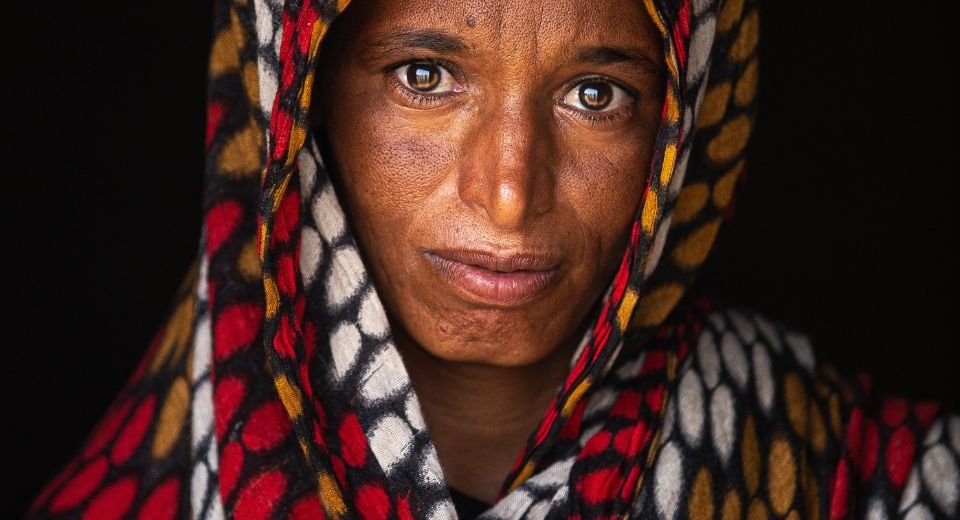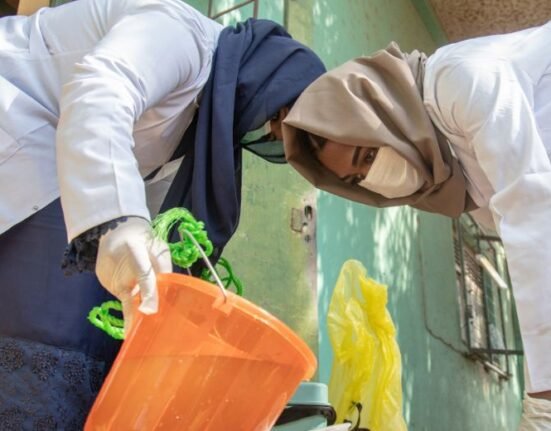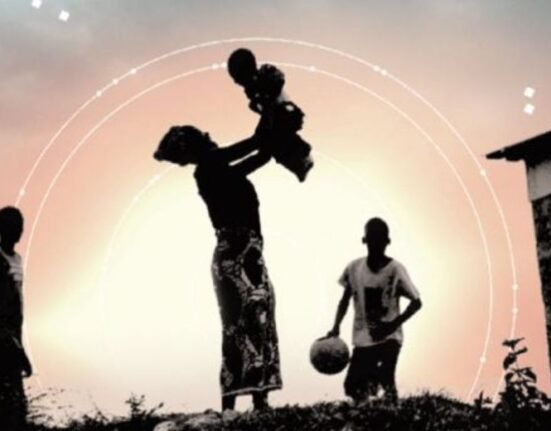HQ Team
March 18, 2024: There are over 230 million victims of female genital mutilation worldwide, according to the UNICEF. This is an increase of 15% over 2016 numbers.
Female genital mutilation (FGM) refers to “all procedures involving partial or total removal of the female external genitalia or other injury to the female genital organs for non-medical reasons”.
.Africa accounts for the largest share of this total, with over 144 million. Asia follows with over 80 million, and a further 6 million are in the Middle East. Another 1-2 million are affected in small practising communities and destination countries for migration in the rest of the world.
Policies and laws
The practice is considered a violation of human rights of girls by international organizations and is condemned by a number of international treaties and conventions, as well as by national legislation in many countries. Article 25 of the Universal Declaration of Human Rights states that “everyone has the right to a standard of living adequate for health and well-being,” and this statement has been used to argue that FGM violates the right to health and bodily integrity. With FGM considered as a form of violence against women. Similarly, defining it as a form of torture brings it under the rubric of the Convention against Torture and Other Cruel, Inhuman, or Degrading Treatment or Punishment. As the practice is performed on children and minors it is considered a violation of the Convention on the Rights of the Child.
Inmany countries there are high levels of opposition to the practice even among girls and women who have themselves undergone the procedure, and among boys and men who live with them In total, 400 million people – two thirds of the population – in practising countries in Africa and the Middle East say they want the practice to end.
Is the practice changing?
Overall, the practice of FGM is becoming less common. However, not all countries have made progress and the pace of decline has been uneven. Most countries are not on track to meet the UN’s agenda for sustainable development target of eliminating FGM by 2030. Progress needs to increase to 27 times the current level to eradicate the practice..
In Sierra Leone, the percentage of girls aged 15 to 19 who have undergone genital mutilation has fallen in 30 years from 95 percent to 61 percent.
Ethiopia, Burkina Faso and Kenya also recorded strong declines.
But in Somalia, 99 percent of women between 15 and 49 have undergone genital mutilation, as well as 95 percent in Guinea, 90 percent in Djibouti and 89 percent in Mali.
“We’re also seeing a worrying trend that more girls are subjected to the practice at younger ages, many before their fifth birthday,” UNICEF chief Catherine Russell said in a statement.
“That further reduces the window to intervene. We need to strengthen the efforts of ending this harmful practice.”
FGM has been practiced for centuries and is an accepted social norm. To bring about changes will take a dedicated effort by the government, the people, mother’s and the young girls themselves








